When it comes to delivering a sharp, clear image for presentations or other visual uses, projectors are an invaluable tool. But with so many different technologies available on the market, how do you know which kind of projector is best for your needs? This article will delve into the differences between LCD and DLP projectors to help you make an informed decision about what type will serve you best.
It will also cover the advantages and disadvantages of each technology along with considerations such as performance and cost that may have an effect on which one is right for your application.
What is a 3LCD projector and 3LCD Technology?
A 3LCD projector is a type of digital projector that uses three separate chips to create an image, with one chip each for the red, green, and blue components of the picture. It does this by shining light through these chips onto a surface. This is known as 3LCD technology or “3-chip” LCD projection.
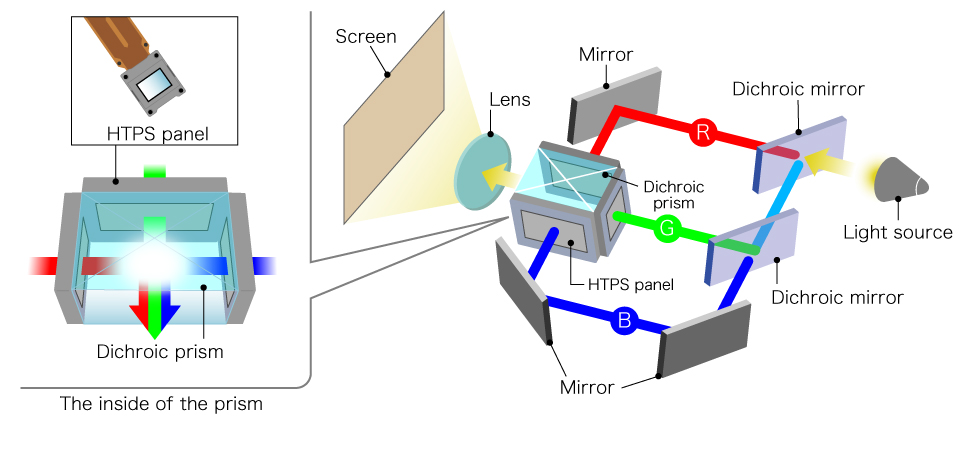
Compared to other technologies like DLP (Digital Light Processing), 3LCD projects higher-quality images with better color accuracy and brightness at a lower cost.
Additionally, it is also more efficient in terms of power consumption than DLP projectors.
3LCD projectors are an excellent choice for movies, presentations, gaming, and more. They create a clear and vivid picture with vibrant colors that can be seen from any angle in the room. It is also quieter than other projector types due to its use of liquid crystal on silicon (LCOS) technology.
So, if you’re looking for the perfect projector for your home theater or business presentation needs, consider investing in a 3LCD projector today!
What is a DLP projector and DLP Technology?
DLP (Digital Light Processing) is a type of projector technology developed by Texas Instruments. It uses an array of microscopic mirrors, known as a Digital Micromirror Device (DMD), to project digital images onto a screen or other surface. The small mirrors are arranged in such a way that they can independently tilt and direct light toward the projection surface, creating an image with extremely high color accuracy and brightness.
DLP also offers higher contrast ratios than traditional LCD projectors, as well as improved pixel response times for smoother motion imaging and faster refresh rates for gaming applications.
Additionally, they are also usually more affordable than their LCD counterparts.
DLP projectors can be used in classrooms, boardrooms, movie theaters, and home entertainment setups. They offer vibrant colors, clear images, and a wide range of features that make them an attractive choice for many applications.
Whether you’re looking for a budget projector for home use or a powerful option to equip your large conference room with the latest technology, DLP is sure to have the right solution for you [1].
3LCD vs. DLP Projectors: What Differences Matter?

Input Lag
One of the most important differences between 3LCD and DLP projectors is the amount of input lag they produce. Input lag is the time it takes for a projector to display an image after it receives a signal from the device connected to it, such as a computer or gaming console. 3LCD projectors generally have lower input lag than DLPs, making them ideal for gamers who need fast response times.
Brightness and Color Accuracy
Another major difference in performance between these two types of projectors is brightness and color accuracy. 3LCD models tend to produce more vibrant colors than DLPs, with superior brightness as well. This makes them particularly well-suited for use in brightly lit rooms, or for displaying images with a lot of detail.
Resolution and Image Quality
When it comes to overall image quality, 3LCD projectors have the edge. They can produce much higher-resolution images than DLPs, and they do a better job of maintaining sharpness when viewed from wide angles. This makes them an excellent choice for home entertainment systems and business presentations alike.
Convergence
3LCD projectors have better convergence than DLPs. This means that all of the different colored elements of an image are aligned perfectly with one another, resulting in a sharper and more uniform picture overall.
Rainbow Effect
One of the drawbacks of DLP projectors is that they can create a rainbow effect. This occurs when rapidly changing colors in an image cause individual pixels to display different shades, creating an annoying flickering effect. 3LCD projectors don’t suffer from this issue, making them preferable for movies and other forms of motion media.
Price
Finally, price is often one of the biggest considerations when it comes to choosing between 3LCD and DLP projectors. In general, 3LCDs are more expensive than DLPs, but their superior performance often justifies the higher cost. So if you’re looking for a high-quality projector that won’t break the bank, then a DLP may be your best bet [2].
3LCD Benefits
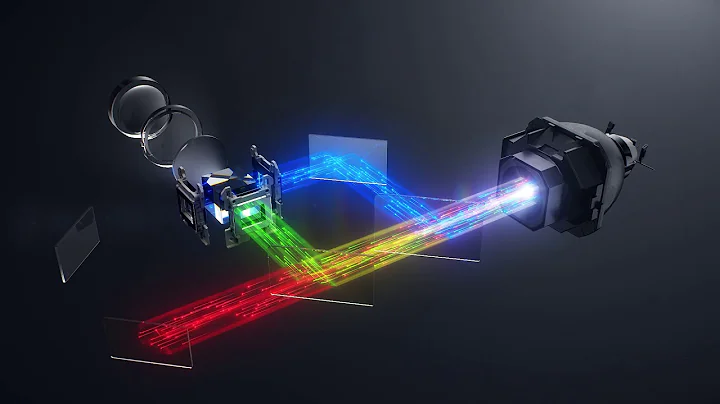
3LCD is a type of technology that has become the industry standard for providing high-quality images in TVs and projectors. This technology offers several distinct benefits over other types of projection systems, including brighter colors, better resolution, and lower energy consumption.
The three panels that make 3LCD are what sets this type of system apart from others. By using three separate color panels – red, green, and blue – each image pixel is produced with more brightness and accuracy than a single panel could produce. This means you get sharper images with richer colors that are easier to see even in a brightly lit room.
Another benefit of 3LCD is its low power consumption compared to other projection systems. This helps reduce running costs, as well as your carbon footprint. 3LCD also produces less heat than other types of projection systems, reducing the risk of overheating and potential damage to components.
Finally, 3LCD has a wide range of available resolution options, allowing you to choose the best image quality for your needs. Whether you need extra sharp images for gaming or just basic resolution for watching movies, 3LCD provides a variety of options.
Overall, 3LCD technology is an excellent choice for TVs and projectors looking to provide superior image quality with low energy consumption and minimal maintenance requirements. Its three-panel design ensures brighter colors and sharper resolution that’s easy to see in any lighting conditions.
DLP Benefits for Your Organization
Data loss prevention (DLP) solutions offer organizations an efficient and effective way to identify, monitor, and protect their sensitive data. DLP provides a range of benefits that can help any organization successfully protect its critical information from external threats, enforce compliance regulations, and improve the overall security posture of the organization.
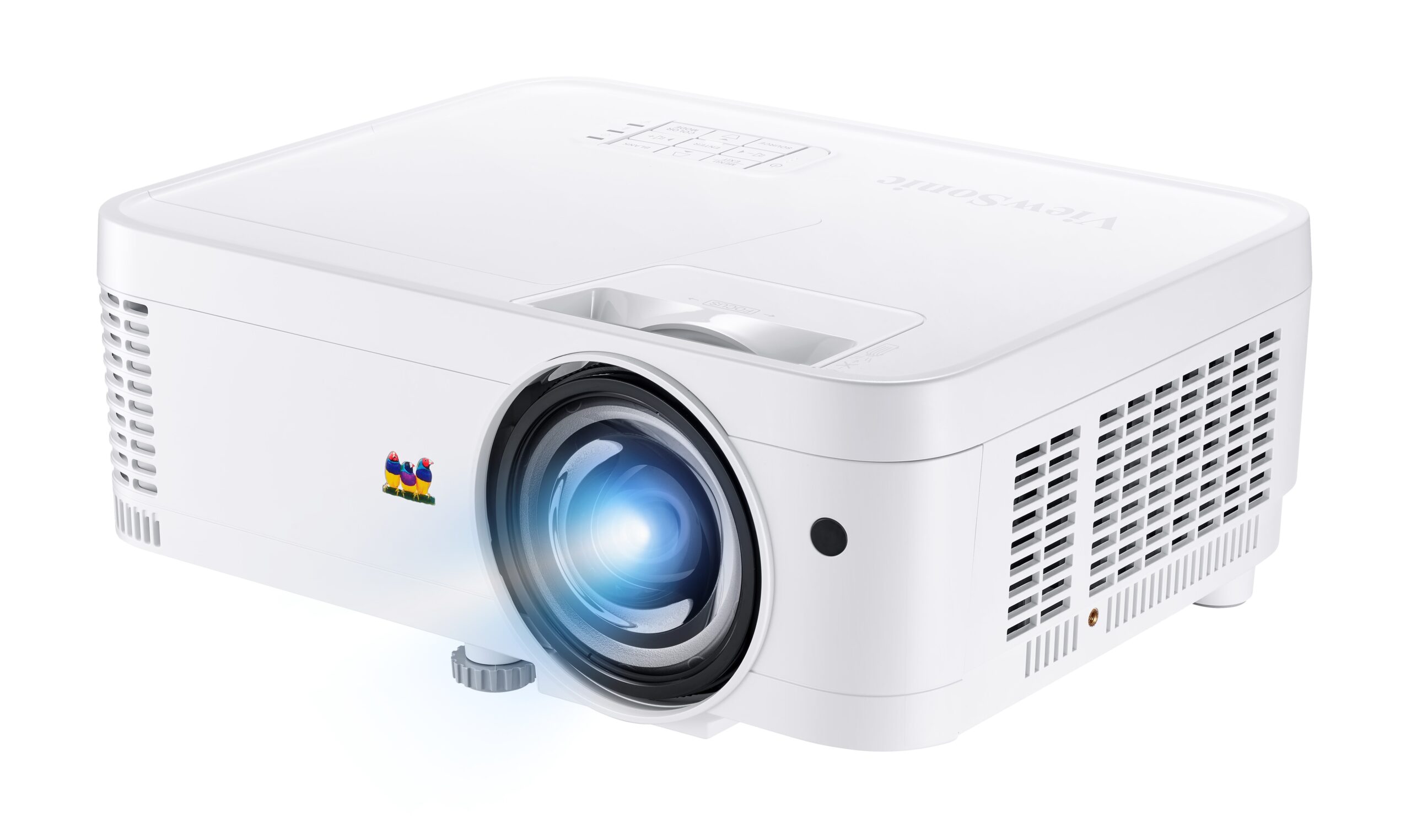
The key benefits associated with implementing a comprehensive DLP solution include:
- Increased Visibility into Data Flows – A good DLP solution will provide your organization with visibility into where your confidential or regulated data is stored and how it’s being transferred within or outside the company network. This helps you keep track of all sensitive data at once across multiple systems and networks so you can better understand what data is at risk of being stolen or misused.
- Automated Compliance – With a DLP solution, organizations can easily and automatically enforce regulations like GDPR, HIPAA, and PCI-DSS to ensure they are compliant with industry standards and best practices. The system can monitor all data transfers in real time and alert you when any sensitive information leaves the network.
- Improved Security Posture – By deploying a comprehensive DLP solution, an organization can dramatically improve its security posture by preventing malicious actors from accessing or using confidential information for their own gain. This helps protect your business from costly cyberattacks that could otherwise lead to significant financial losses or reputational damage.
- Lower Costs – Implementing a DLP solution is typically more cost-effective than relying on manual processes for data protection. This can help organizations save money by reducing the need for additional security staff or resources and freeing up existing personnel to focus on other core initiatives.
- Faster Incident Response – With a DLP system in place, an organization can quickly detect any suspicious activity before it leads to a data breach or other malicious event. This helps ensure you can respond swiftly and appropriately to any threats that may arise, minimizing potential damage in the process.
Overall, implementing a comprehensive DLP solution can help organizations protect their sensitive data while also reducing costs and improving their overall security posture. By leveraging these key benefits, businesses of all sizes can better protect themselves from potential threats and ensure compliance with industry standards.
Choosing the Right DLP Solution
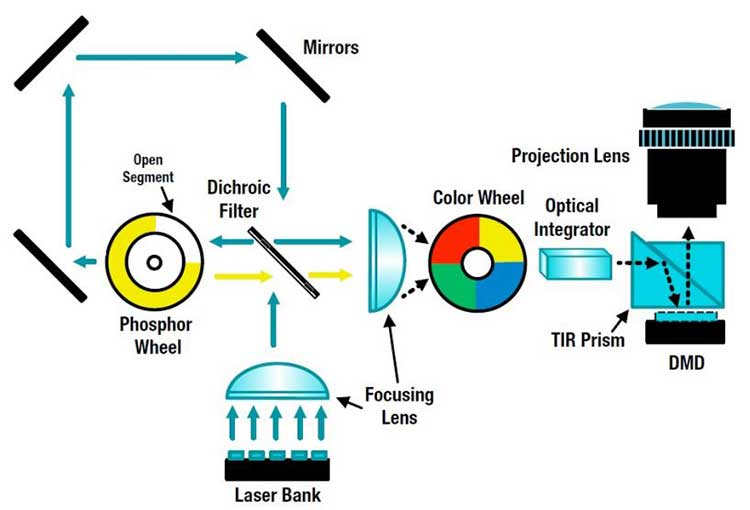
Selecting a DLP solution that is tailored to your organization’s unique needs can help ensure that you maximize the protection of your data while also staying compliant with industry regulations. When choosing a DLP system, it’s important to consider the following factors:
- Scalability – You should select a solution that can scale up or down as needed to accommodate changes in your company’s data storage and security needs. This will enable you to easily adjust the system if there are any changes in size, personnel, or infrastructure within your organization.
- Cost – Make sure you understand how much you’ll need to invest in the system to ensure it meets your data protection requirements. You should also look for a provider that offers flexible pricing and payment options to fit within your budget.
- Ease of Use – It’s important to choose a DLP solution that is easy to use and configure, so you can quickly deploy the system across all necessary systems and networks. This will help reduce any delays in implementing the system, so you can start protecting your data as soon as possible.
- Comprehensive Features – Look for a solution that offers comprehensive features like real-time monitoring, automated incident response, customizable rules and settings, and reporting capabilities so you can get the maximum benefit from the system.
- Security Certifications – Be sure to select a provider that is certified by relevant security organizations, such as the National Institute of Standards and Technology (NIST) or Common Criteria for Information Technology Security Evaluation (CC). This will ensure your DLP system meets the highest standards for data protection.
FAQ
What is the difference between DLP and 3LCD projectors?
The main difference between DLP and 3LCD projectors lies in the technology that they use. DLP projector technology utilizes a single chip containing millions of tiny mirrors, while 3LCD projectors use three LCD panels that display the same image simultaneously. Each type has its own set of strengths and weaknesses to consider when choosing which one is right for your needs.
DLP projectors generally provide higher contrast ratios and better color accuracy than 3LCD projectors but may have some visible rainbow artifacts due to the way their light passes through the chip. They are also more expensive and tend to be noisier than 3LCD models.
3LCD projectors benefit from having greater color depth, producing brighter images, and being quieter than DLP models. However, they often do not produce the same level of contrast or color accuracy as a DLP projector.
What are the benefits of using a projector?
Projectors offer many unique benefits compared to other display solutions such as LCD TVs or monitors. First, projectors provide much larger images than traditional displays, allowing you to create huge cinematic experiences in small spaces.
Projectors also tend to be cheaper than similarly-sized flat panel displays, making them more accessible for people on a budget.
Additionally, projectors allow you to easily move and adjust the image without needing to worry about wall space or mounting. Finally, many projectors offer a variety of features such as wireless connections, USB ports, and audio outputs which make them more versatile than traditional displays.
Are there any downsides to using a projector?
The main downside of using a projector is that they require some additional setup compared to flat panel displays. Projectors need to be properly calibrated and mounted for them to perform optimally. Additionally, projectors are typically louder than other display solutions due to the cooling fans required for the lamp.
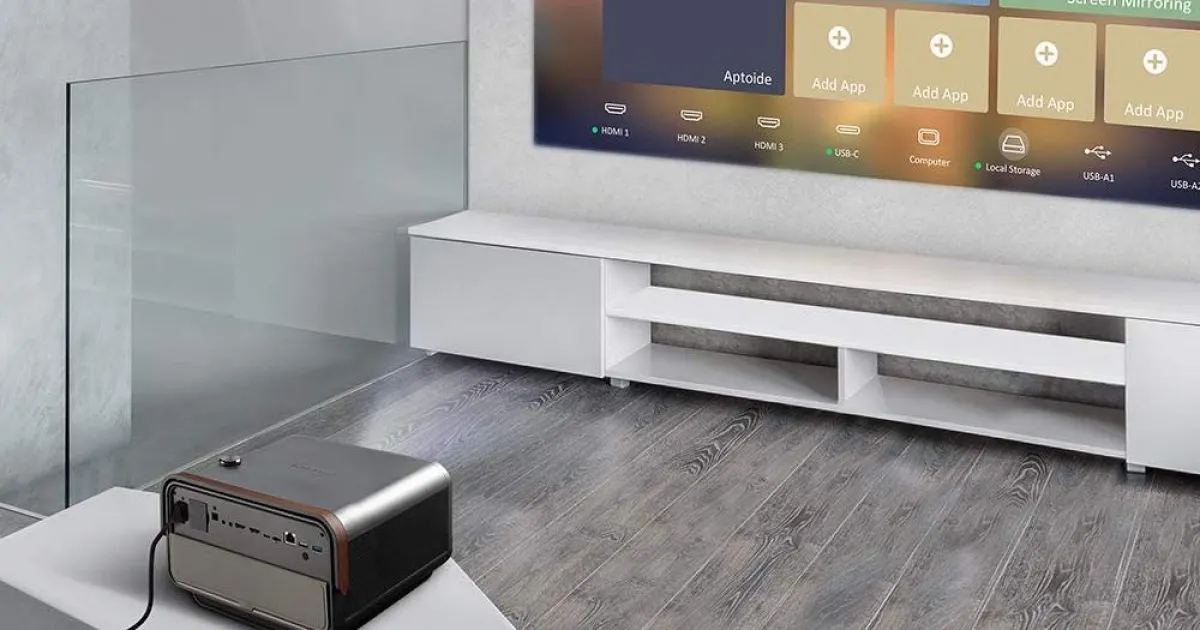
Finally, most projectors have limited connectivity options when compared to flat panel displays since they generally do not come with built-in Wi-Fi or Bluetooth. Despite these downsides, projectors offer many benefits that make them a great choice for home theater applications.
What are the best settings for a projector?
The best settings for a projector depending on the type of content you plan to view, as well as your preferred viewing distance and ambient light levels. Generally speaking, most users should set the contrast and brightness controls to their maximum levels while leaving the color saturation at its default setting.
Additionally, it is recommended that you use an appropriate screen size and gain to maximize image quality depending on how far away from the projector you will be sitting. Finally, it is also important to adjust any other picture settings such as gamma or sharpness according to your personal preference.
Which is better, DLP or 3LCD projector?
The answer to this question depends on what your needs and preferences are. DLP projectors generally provide higher contrast ratios, better color accuracy, and more features than 3LCD models but they tend to be more expensive and noisier. On the other hand, 3LCD projectors usually produce brighter images with greater color depth while being much quieter in operation. Ultimately, it is up to you which type of projector will best suit your needs.
What should I look for when buying a projector?
When shopping for a projector there are several important factors to consider such as brightness (measured in lumens), resolution (measured in pixels), and connectivity options. Additionally, you may want to pay attention to the throw ratio of the projector and make sure that it is compatible with your desired screen size. Additionally, you should think about what type of features you want in a projector such as wireless connections, USB ports, or audio outputs.
Finally, you may also want to look at reviews from reputable sources to get an idea of how well each model performs.
Which is better, LED or DLP projector?
The answer to this question depends on what your specific needs and preferences are. LED projectors typically have a longer lifespan and lower power consumption than DLP projectors, making them more cost-effective in the long run.
Additionally, they generally produce brighter images with better color accuracy.
On the other hand, DLP projectors tend to have higher contrast ratios and faster refresh rates, making them better suited for gaming or 3D applications. Ultimately, it is up to you which type of projector will best meet your needs.
What is the 3LCD technology in the projector?
The 3LCD technology is a type of projection system that uses three individual LCD panels to create an image. These LCDs are then arranged in such a way as to provide a larger color gamut than single-panel systems, resulting in brighter, more vivid images. Additionally, the use of three separate panels improves motion blur and reduces “screen door” effect for smoother video playback.
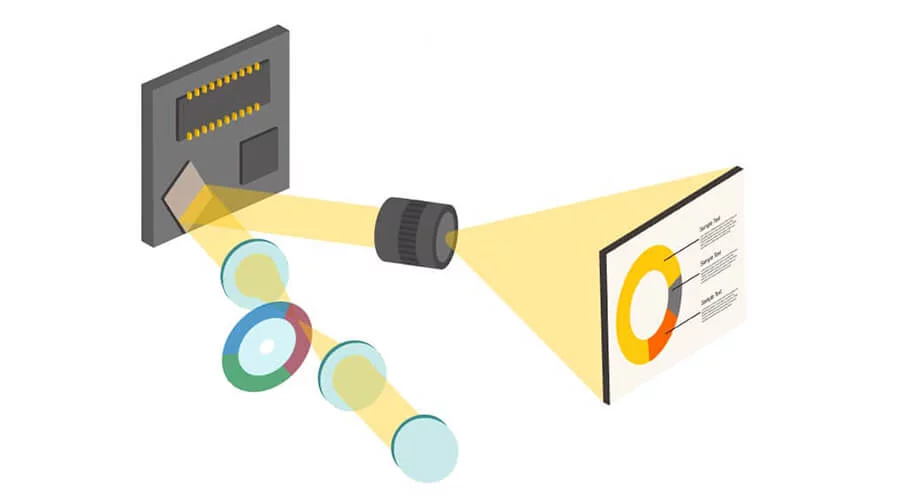
This makes 3LCD projectors ideal for home theater applications where accurate color reproduction and high image quality are desired.
What is the difference between 3LCD and a 4K projector?
The main difference between 3LCD and 4K projectors is resolution. 4K projectors have a higher resolution (measured in pixels) than 3LCD models, which means they can display sharper, more detailed images with greater color depth. Additionally, 4K projectors usually offer better contrast ratios and wider color gamuts compared to their 3LCD counterparts.
However, they tend to be significantly more expensive and may require additional hardware or software upgrades for optimal performance. Ultimately, it is up to you which type of projector will best meet your needs.
Is DLP better than LCD?
The answer to this question depends on what your needs and preferences are. DLP projectors generally have higher contrast ratios, better color accuracy, and more features than LCD models but they tend to be more expensive and noisier in operation. On the other hand, LCD projectors usually produce brighter images with greater color depth while being much quieter in use. Ultimately, it is up to you which type of projector will best suit your needs.
What should I consider when setting up a projector?
When setting up a projector there are several important factors to take into consideration such as brightness (measured in lumens), resolution (measured in pixels), throw ratio, and connectivity options. Additionally, you may want to make sure that the projector is compatible with your desired screen size and that it has enough features to meet your requirements such as wireless connections, USB ports, or audio outputs.
Furthermore, you should also consider the placement of the projector on the screen and make sure that it is placed securely so that it does not move during operation. Finally, you may want to take a look at reviews from reputable sources before purchasing to get an idea of how well each model performs.
What is the best projector for home use?
The best projector for home use depends on your specific needs and preferences. Some important factors to consider when selecting a projector include brightness (measured in lumens), resolution (measured in pixels), throw ratio, and connectivity options.
Additionally, you may want to check for features such as wireless connections, USB ports, or audio outputs that can be useful when streaming media or connecting external devices. Ultimately, it is up to you to decide which model best meets your requirements.
What maintenance is required for a projector?
Regular maintenance is important for optimal performance from your projector. This includes regularly cleaning the lenses with a gentle cloth or using compressed air to remove any dust or debris that has accumulated on the lens surface.
Additionally, you may want to inspect the projector for any signs of wear and tear such as fraying wires or loose parts, as these can indicate potential problems.
Furthermore, you should periodically check the user manual to ensure that all settings are adjusted correctly and that the projector is up to date with its firmware. Finally, keep a spare lamp on hand in case you ever need to replace it. All of these steps can help ensure your projector remains in top condition.
How long do 3LCD projectors last?
The expected lifespan of a 3LCD projector depends on numerous factors such as usage, maintenance, and environment. Generally speaking, most models will last for several years (up to 10 years or more) with proper care and maintenance.
Additionally, the bulbs used in 3LCD projectors usually have a life expectancy of around 10,000 hours when used in their brightest setting. Ultimately, it is up to you how long your projector will last based on how well you take care of it.
Useful Video: 3LCD VS DLP
Conclusion Paragraph
3LCD and DLP Projectors both have their advantages and disadvantages. 3LCD projectors tend to be more affordable, but DLP projectors offer better contrast and brightness. Both types of projectors are widely available and there are a variety of models to choose from. Ultimately, the decision between the two technologies comes down to user preference, usage needs, budget, and desired features for each situation. No matter which type of projector you choose, you’re sure to get a great product that will meet or exceed your expectations.
In conclusion, when it comes down to choosing between 3LCD vs DLP Projectors, it is vital to consider all aspects such as budget, user preference, and usage needs before making a choice.
References
- https://www.lapseoftheshutter.com/3lcd-vs-dlp/
- https://projectorninja.com/dlp-vs-3lcd-projector-technology/




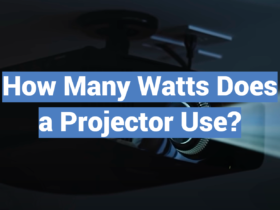
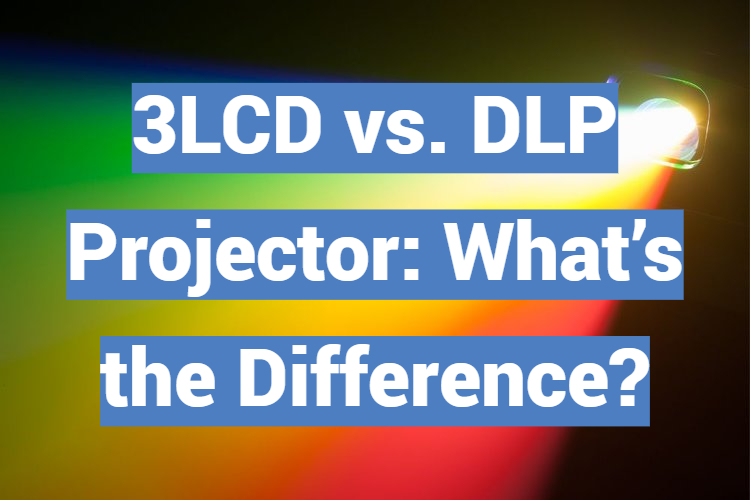
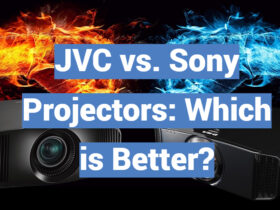
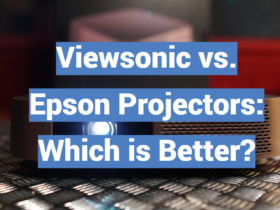
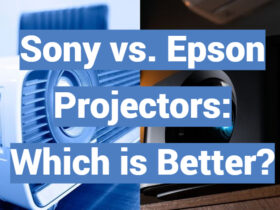
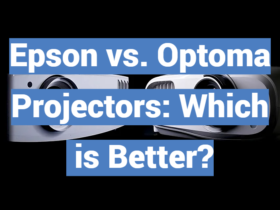
Leave a Review